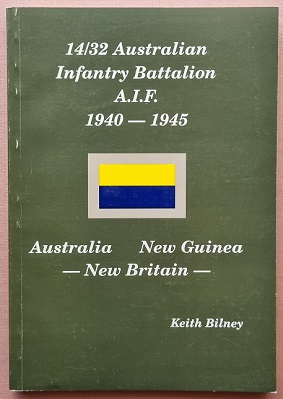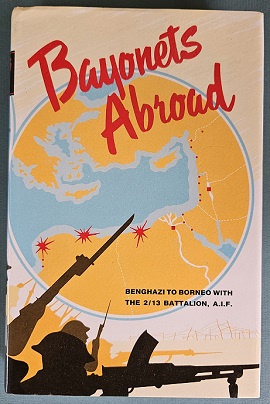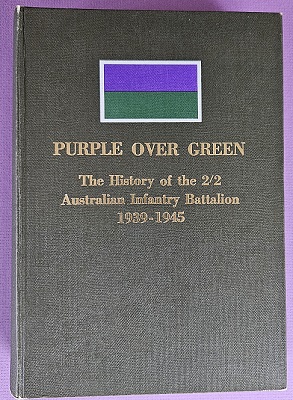Description
Title: 14/32nd Australian Infantry Battalion A.I.F. 1940 – 1945: Australia, New Guinea, New Britain
Author: Bilney, Keith
Condition: Near Mint – Some minor wear to cover.
Edition: 1st Edition
Publication Date: 1995
ISBN: N/A
Cover: Soft Cover without Dust Jacket – 206 pages
Comments: The history of the 14/32nd Infantry Battalion during World War 2.
When writing this history, allowance was made for differences of opinion regarding events that took place and which were viewed from different aspects. Infantry units are of necessity spread over either defensive, attacking or garrison positions, with the result that few Companies and Platoons know exactly what other members of the Unit are doing. Battalion headquarters alone has that necessary information. There will be those who, while taking part in various actions, will disagree with the written results, but after checking with others who also took part in the same events, the majority prevailed. This is not strictly a military history, but gives both the Battalion history in part, interspersed with personal anecdotes.
After the First World War the defence of the Australian mainland lay with the part-time soldiers of the Citizens Military Force (CMF), also known as the Militia. The Militia was organized to maintain the structure of the First AIF and kept the same numerical designations. The Militia units were distributed in the same areas the original AIF units were raised. Thus, Melbourne’s 14th Infantry Battalion was the “Prahran Regiment” and Footscray’s 32nd Infantry Battalion was the “Footscray Regiment”. Both units were formed in 1921.
The 14th encompassed south and south-east Melbourne, from Port Melbourne–Brighton, Burwood, Richmond, and nearby suburbs. The 32nd recruited from the west and south-west areas of Melbourne, from Werribee, Bacchus Marsh, and Williamstown, as well as Castlemaine and Hamilton. Both battalions were part of the 3rd Division’s 4th Brigade, based on the Mornington Peninsula.
With Japan’s entry into the Second World War, the 14th, 32nd, 5th, and 6th Battalions were called up and placed on defensive duties at Westernport and Port Phillip Bays. The 14th was sent to the Bellarine Peninsula and spread out between Grovedale and Mt Duneed. The 32nd remained on the Mornington Peninsula. This was the beginning of the 14th/32nd’s history of garrison work. However, the threat of Melbourne being invaded by the Japanese was minimal, with other parts of Australia at greater risk. In August 1942 the 14th and 32nd transferred to Western Australia, joining the 6th Brigade in the Geraldton area. In September the 14th and 32nd merged and became the 14th/32nd Infantry Battalion.
In February 1943 the 14th/32nd returned to the east and underwent amphibious landing and jungle warfare training on the Atherton Tablelands in Queensland. At the start of July the battalion embarked for New Guinea and, after reaching Port Moresby, was flown to the Buna–Gona area. The 14th/32nd spent over a year conducting garrison duties and long-range coastal patrols as far north as Nassau Baying. This experience would shortly be put to use when the 6th Brigade, part of the 5th Division, was given the task of garrisoning New Britain.
Rather than carry out a major offensive against the Japanese, the much smaller Australian force confined the enemy to Rabaul and the Gazelle Peninsula with active patrolling. The 14th/32nd landed at Jacquinot Bay in November, from where the 6th Brigade pushed up the coast by barge and on foot. By mid-March the 19th Battalion had reached Bacon Hill, the main Japanese defensive line in the Waitavalo–Tol Plantation area. The 14th/32nd relieved the 19th and captured the hill on 18 March
Bacon Hill was the final major engagement of the New Britain campaign and the 14th/32nd’s first and last battle. The Australians established a line across the neck of the Gazelle Peninsula, which they held and patrolled for the rest of the war, but did not move beyond into Japanese-controlled territory.
In April, after almost two years in New Guinea and New Britain, the 14th/32nd, 19th, and other units from the 6th Brigade returned to Australia for leave and further training. However, the war was coming to end and the 6th Brigade and 14th/32nd were disbanded in July.
Includes Nominal Roll, Decorations, Awards & Honour Roll.





